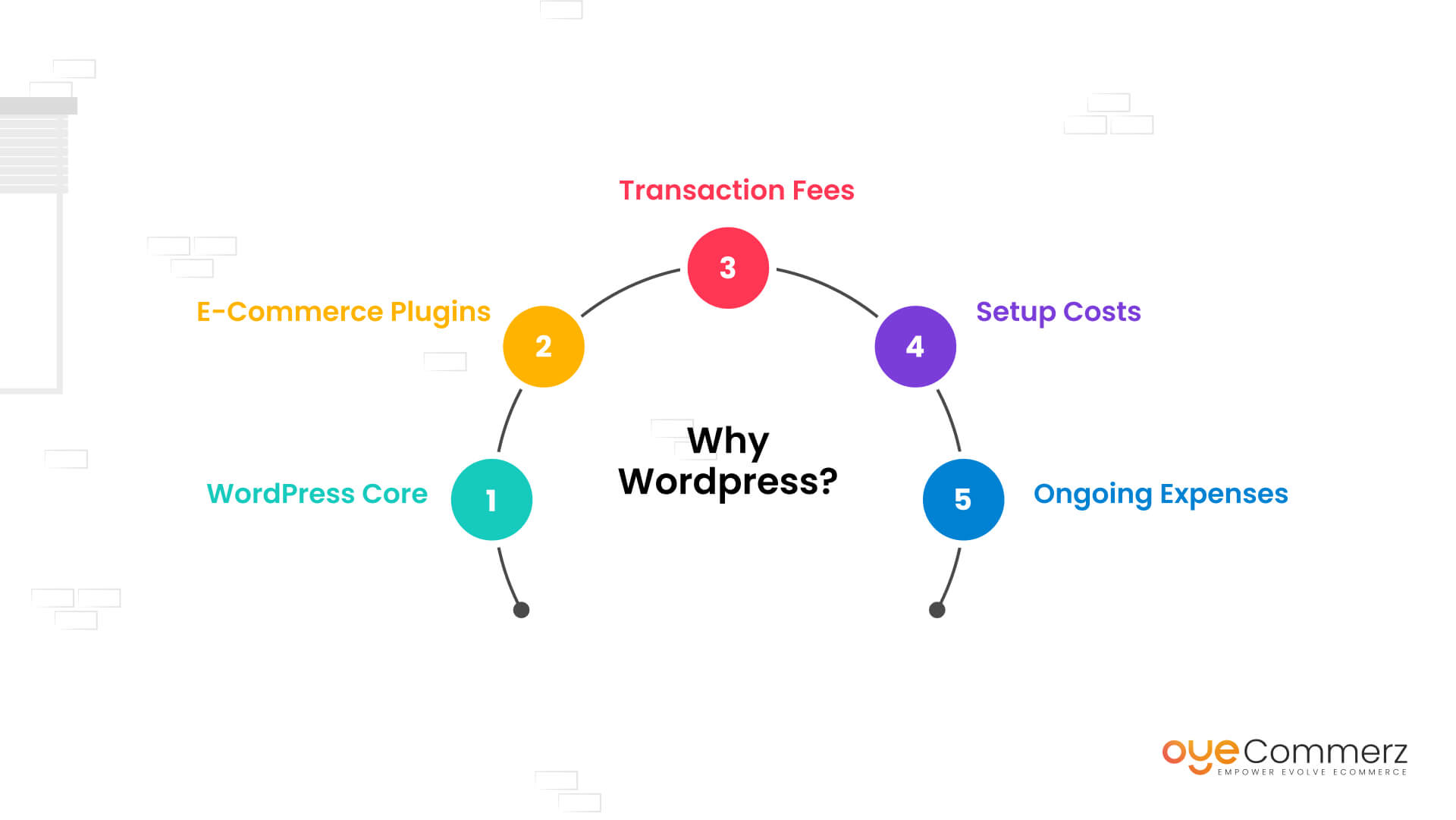Seamless WordPress to Shopify Migration: Your Definitive Guide to E-commerce Success
Seamless WordPress to Shopify Migration: Your Definitive Guide to E-commerce Success
Blog Article
Transitioning from WordPress to Shopify is an promising step in streamlining your online store processes. As companies expand, selecting a solution that aligns with growth potential, user experience, and flexibility becomes crucial. Shopify has emerged as a favorite for e-commerce professionals, offering superior adaptability, data protection, and ease of use. In this guide, we’ll explore why this migration is a game-changer, highlight the benefits, and share practical tips to facilitate a smooth transition.
1. Top Reasons to Transition from WordPress to Shopify
WordPress, paired with WooCommerce, has served countless e-commerce platforms. However, as companies scale, challenges like plugin dependency, data risks, and technical complexities can hinder progress. Shopify, designed explicitly for digital retail, eliminates these issues with an all-in-one, intuitive platform. Real data supports this shift—Shopify hosts over 4.4 million stores globally, with a reported 10% increase in sales conversion rates for numerous merchants after migration.
2. Shopify's Advantages for Thriving Online Stores
Shopify’s powerful platform caters for scaling businesses. Its standout features are:
- Effortless Design Flexibility: Shopify provides over 80 expertly crafted themes.
- Built-in Features: Features like Shopify Payments and built-in SEO streamline operations.
- International Expansion: Multi-currency support and regional customization empower brands to expand internationally.
Additionally, Shopify delivers an uptime rate of 99.98%, guaranteeing your store is always operational.
3. Getting Ready for Your WP-to-Shopify Transition
Prior to starting the migration process, assess your current store. Analyze product data, customer details, and search engine rankings. Resources such as Shopify’s Migration Kit or third-party solutions can simplify this process. Develop a detailed strategy, ensuring all resources—item details, images, and articles—are optimized for transfer.
4. Data Migration: A Critical Step
Data migration forms the foundation for a smooth transition. When migrating from WP to Shopify, focus on:
- Product Information: SKU, descriptions, and categories.
- Client Information: Emails, purchase records, and preferences.
- SEO Optimization: Preserve meta tags, URLs, and forwarding paths to maintain search rankings.
Use tools such as LitExtension to streamline data transfer while reducing mistakes.
5. Customizing Your Shopify Store
After the move, customizing your Shopify store helps it aligns with your brand. Take advantage of Shopify’s drag-and-drop editor to create layouts with ease. Shopify's themes are mobile-responsive, providing a smooth UX across platforms—a critical factor, since 74% of online shopping is generated by mobile users.
6. How to Protect Your SEO Rankings When Switching Platforms
Search engine optimization is crucial for preserving your visibility during migration. Shopify excels in SEO with clean URL structures, preloaded features, and smooth content management. Make sure you:
- Implement 301 redirects for existing links.
- Enhance updated content with targeted phrases.
- Leverage plugins like Plug in SEO to track analytics after the switch.
7. Essential Tests After Migrating to Shopify
Once the migration is complete, run detailed checks.
Check: - Page load times (Shopify boasts faster speeds compared to WordPress).
- Functionality of payment gateways and checkout processes.
- Adaptability across devices.
Quality assurance guarantees your store delivers a smooth shopping experience from day one.
8. Real-Life Success Story
One such migration success story is Gymshark, a fitness apparel brand that moved to Shopify. After the switch, the company experienced a 60% boost in mobile sales and significantly lowered site downtime. This showcases the potential of Shopify in enhancing online business success. WordPress to Shopify migration
9. Overcoming Common Migration Issues
Migration comes with challenges, such as data integrity and adjusting tailored features. However, Shopify’s robust support and external professionals simplify the process. Partnering with qualified Shopify developers helps guarantee a smooth transition.
10. Making the Switch: The First Step Toward Success
Switching from WordPress to Shopify marks a forward-thinking approach to online retail. By addressing scalability, simplifying management, and enhancing the customer experience, Smooth transition to Shopify Shopify empowers businesses to thrive in competitive markets.
Conclusion
Switching from WordPress to Shopify is a strategic move that can greatly enhance your online business performance. With a well-structured strategy, the appropriate resources, and professional guidance, you can unlock new growth opportunities.
Ready to make the leap? Let’s discuss how our Shopify migration services can revolutionize your online store. Get in touch today, or ask yourself: Can your business afford to miss out on Shopify’s growth potential?
 Report this page
Report this page